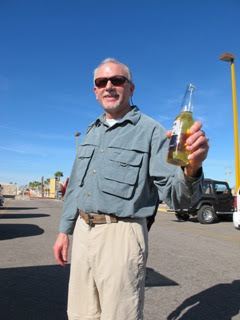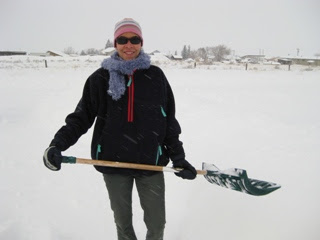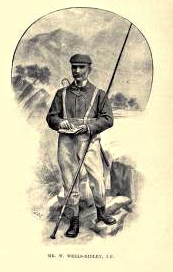Choose Safe Fish Only Tanks
 Fish tank is also known as aquarium fish tank for keeping ornamental fishes. Fish tanks were once all made of glass but now Acrylic tanks are also becoming more commonplace. Fish tanks are the glass or strong Plexiglas boxes or rectangles that you use to create your aquarium habitat for fish. Fish tanks are loved by all, and the thought of growing and maintaining a system of living, breathing beings is more than a hobby, it is a life. Many people say that Fish tanks are expressions of their owner’s personal style or of the style of the room or home in which they reside. Fish tanks are a wonderful place to observe a habitat on a smaller scale. Maintaining a is not a difficult task, but it requires time and consistency. Fish tank setup is well known as an interesting hobby if you know how to care for the aquarium.
Fish tank is also known as aquarium fish tank for keeping ornamental fishes. Fish tanks were once all made of glass but now Acrylic tanks are also becoming more commonplace. Fish tanks are the glass or strong Plexiglas boxes or rectangles that you use to create your aquarium habitat for fish. Fish tanks are loved by all, and the thought of growing and maintaining a system of living, breathing beings is more than a hobby, it is a life. Many people say that Fish tanks are expressions of their owner’s personal style or of the style of the room or home in which they reside. Fish tanks are a wonderful place to observe a habitat on a smaller scale. Maintaining a is not a difficult task, but it requires time and consistency. Fish tank setup is well known as an interesting hobby if you know how to care for the aquarium.
Saltwater aquarium known as well as marine aquarium, this type of tank is more expensive and more demanding then a freshwater aquarium but with a little help and with the right guide you can setup Your Own saltwater tank, I believe that if you have the suitable equipment it will help you to avoid future problems.
A reef aquarium or reef tank is an aquarium containing live corals and other animals associated with coral reefs. Unlike the marine aquarium, the main purpose of which is to house various types of fish, the true stars of the reef tank are the coral and other invertebrates. Reef tanks are usually kept at a temperature between 25 and 27 °C (75-80 ºF). Reef tanks can be beautiful and exotic and for some a piece of nature. The primary filtration for reef aquariums usually comes from the use of large amounts of live rocks which come from various rubble zones around existing reefs. Researchers are finding that saltwater fish aquariums have therapeutic health benefits. The tanks are usually constructed from either glass or acrylic. With advances in modern aquariums it’s recently became possible to have a piece of coral reef at home and enjoy it in the privacy of your living room.

Freshwater fish tank or tropical Fish tank is an aquarium containing fish, plants, deco, rocks, and woods depending on what you want to keep in your tank. The most common freshwater fish tanks are plant tanks, cliched tanks and community tanks. The tanks are usually constructed from either glass or acrylic. In order to keep a healthy tank it should be maintain on a weekly basis.












































